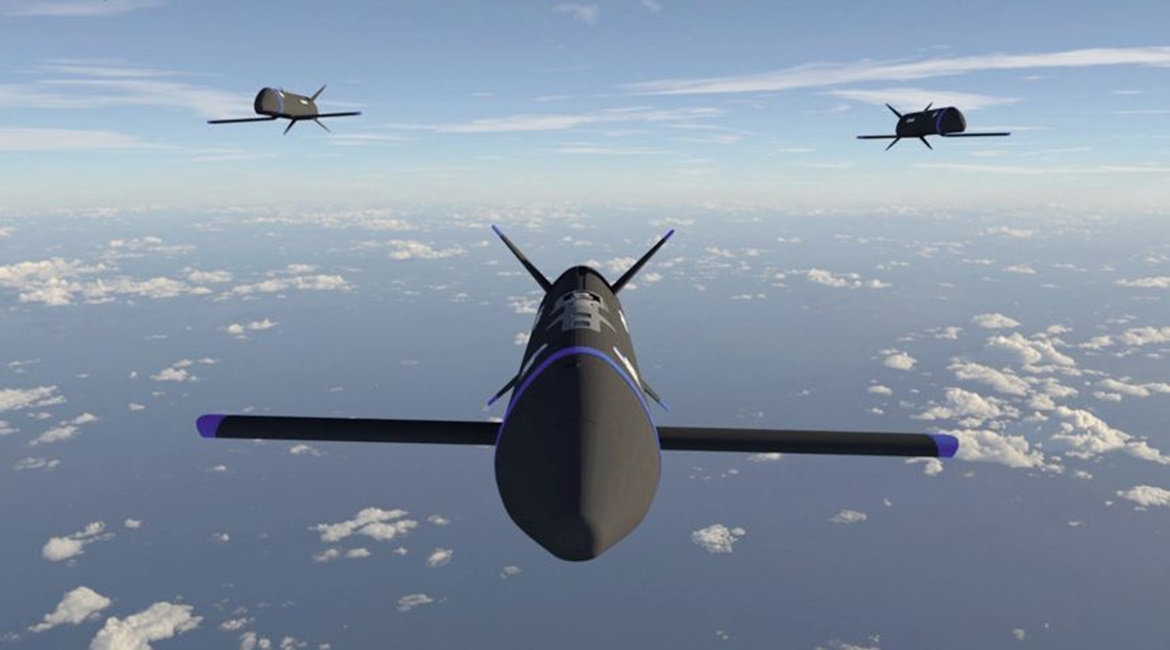
In late 2020, the Defense Advanced Research Projects Agency (DARPA) revealed that an industry team led by Dynetics (a subsidiary of Leidos) had come just short of recovering small unmanned aerial vehicles (UAVs) to a C-130 Hercules aircraft while in flight. During a third series of flight testing in airspace above the Dugway Proving Ground in Utah, the three X-61A Gremlins Air Vehicles (GAVs) made a series of attempts to engage with a docking mechanism extending from the rear ramp of the C-130.
The Gremlins came within inches of connection on each attempt, according to Scott Wierzbanowski, programme manager for Gremlins in DARPA’s Tactical Technology Office, but, ultimately, “it just wasn’t close enough to engage the recovery system”. Wierzbanowski has previously likened the concept to “aircraft carriers in the sky”, a comparison that goes some way to explaining the challenges inherent to the mid-air recovery of an unmanned vehicle.
DARPA and Dynetics came within inches of recovering Gremlins Air Vehicles to a C-130 during testing in November 2020. (DARPA)
Tim Keeter, programme manager for Dynetics’ Gremlins team, told Janes that the November test “demonstrates that airborne recovery is a realisable technology”, adding, “It’s no longer a matter of ‘if we recover’, but rather ‘when we recover’”.
Informed by data gathered in these latest flight tests, DARPA and Dynetics are now planning to run a new series of airborne trials in the first half of 2021. Notwithstanding the real-world uncertainties associated with flight testing – the aerodynamic interactions between the docking bullet and the GAV have proved to be complex – there is a high degree of confidence that this next set of tests will achieve a successful docking.
This article was shortlisted in the 2021 Aerospace Media Awards under 'Best Unmanned Systems'. Customers can read the full article here.
Looking to read the full article?
Gain unlimited access to Janes news and more...




